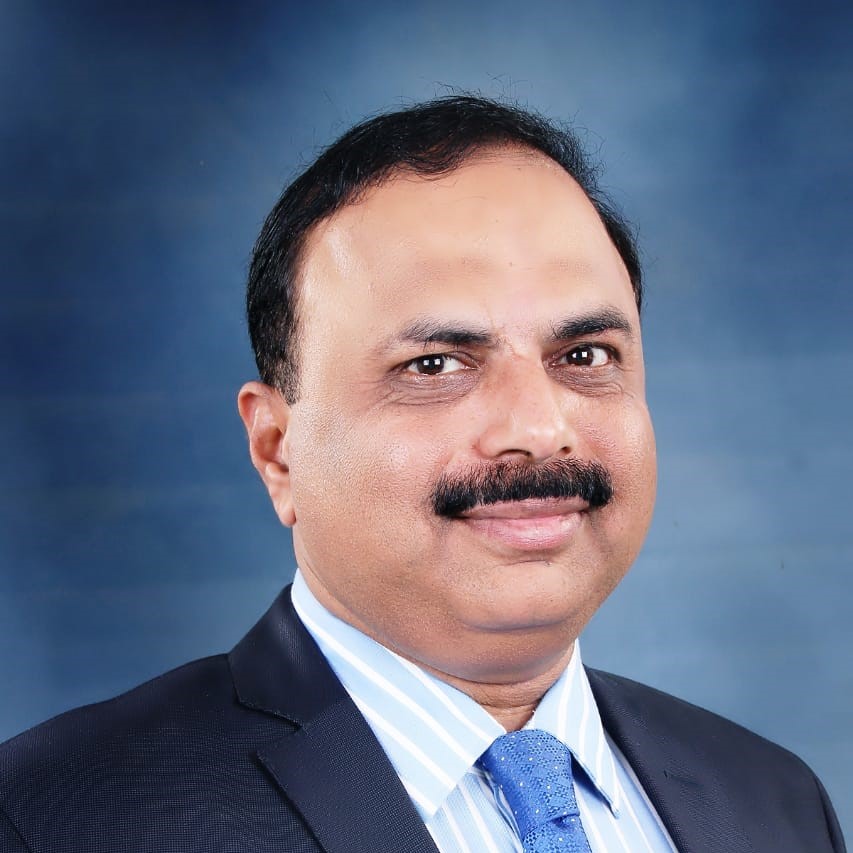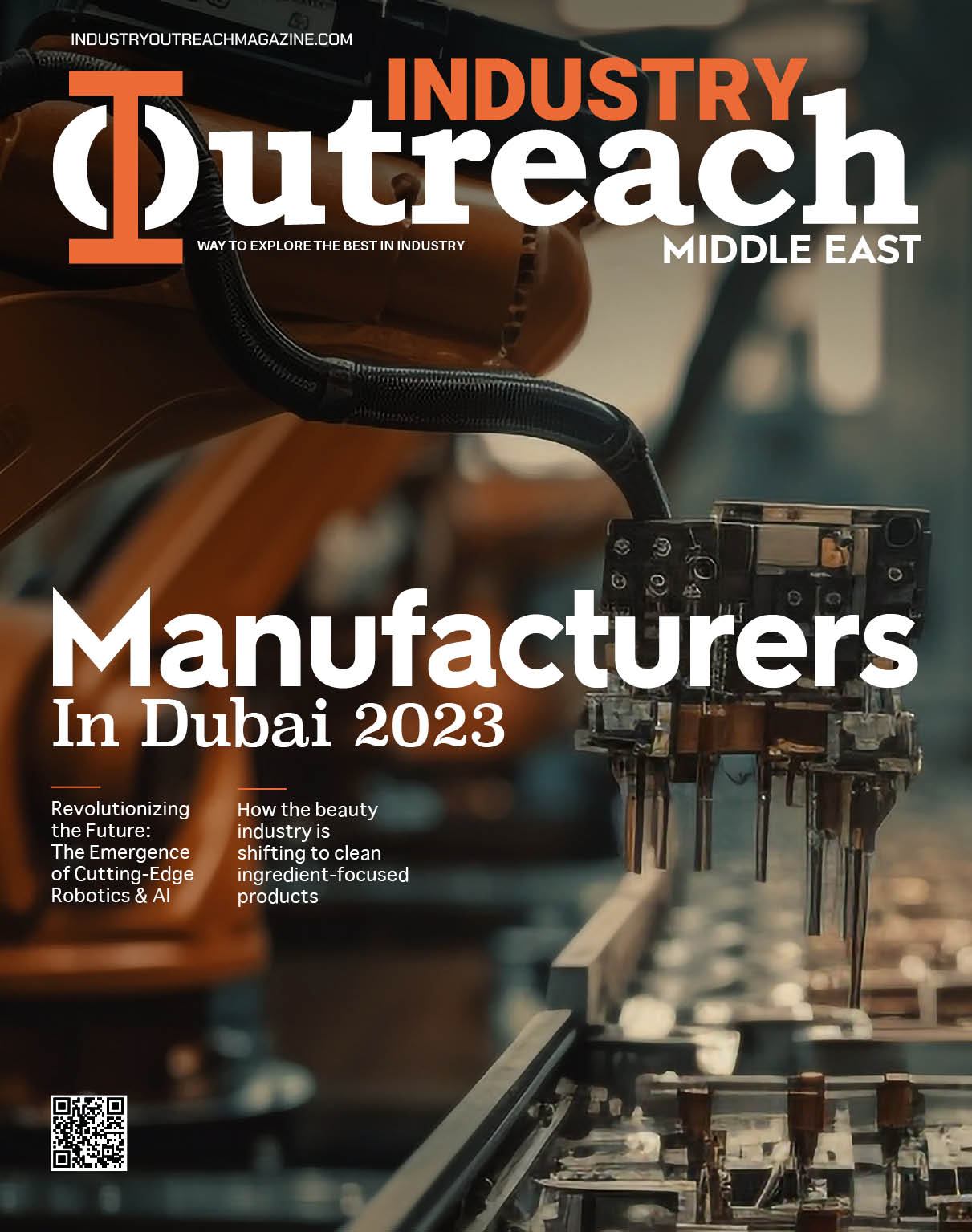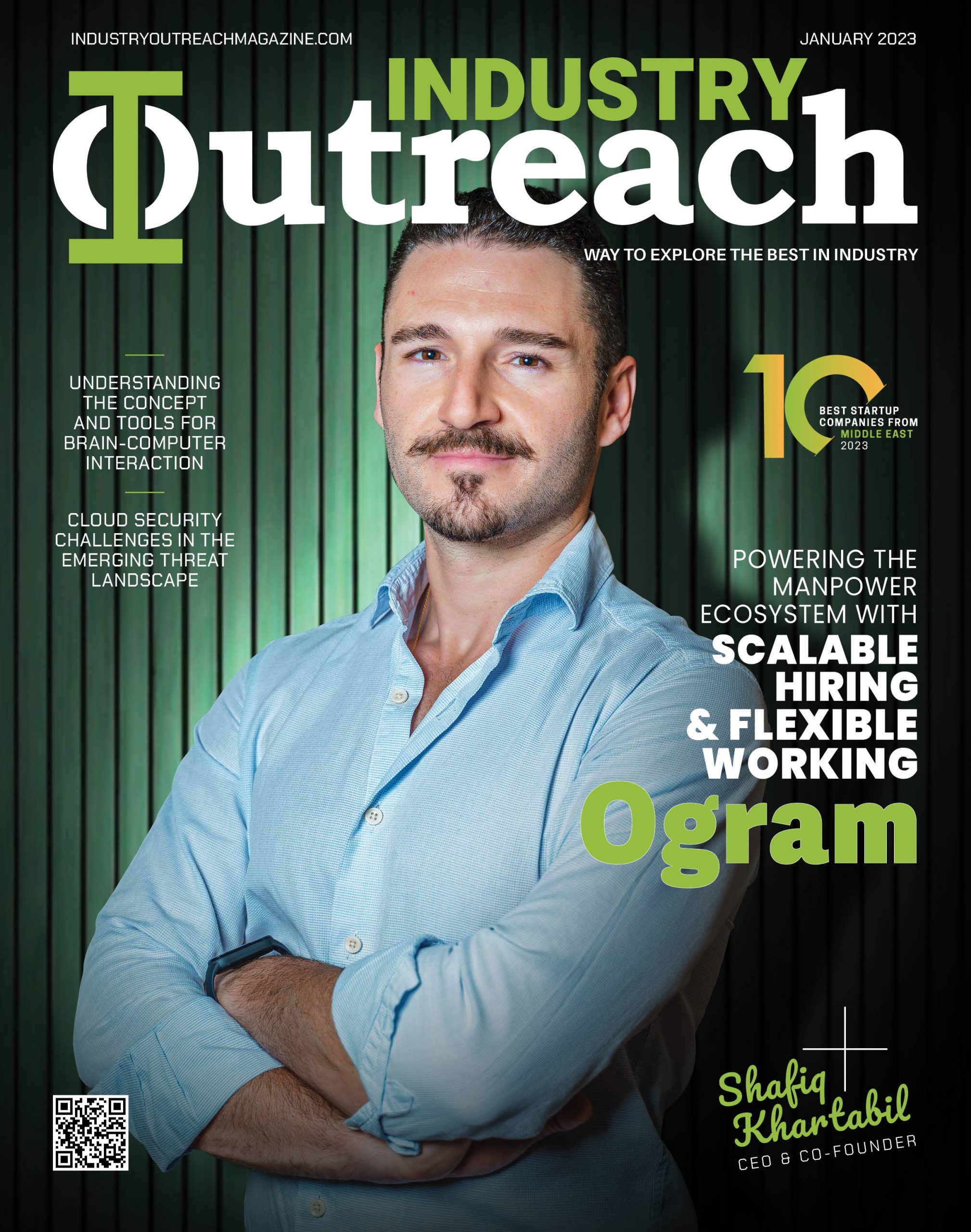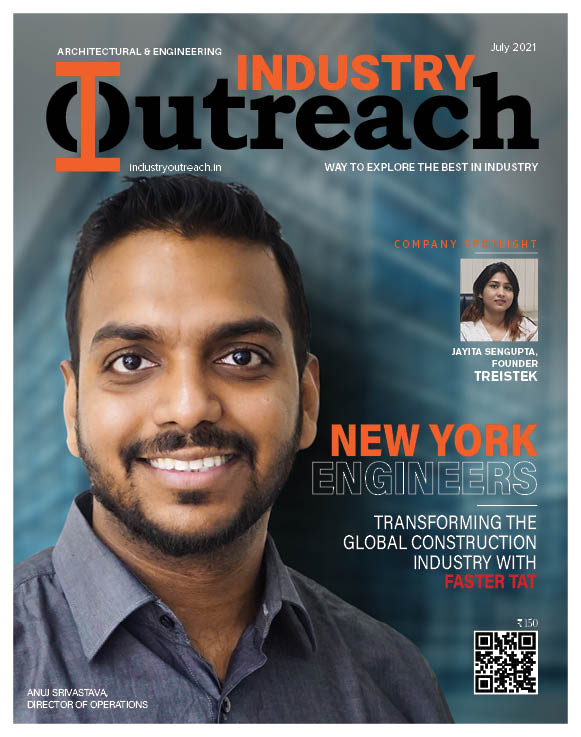
Having 35+ years’ of working experience in India as Country Head for renowned American companies in India, National Semiconductor, AMD, Freescale Semiconductor, PMC Sierra and Arrow Electronics Sanjeev contributes impeccably to component and electronic industry. He is also Ex Chairman of IESA ( India Electronics and Semiconductor Association) .
The electronics industry is one of the fastest-growing industries in India where a major section of the society is handholding smartphones or tablets, or they are delved into working in laptops, which are connected to routers for internet connection. Electronics at home include televisions, printers, washing machines and air-conditioners. Because of this, the total electronics consumption market in India in recent times in 2019 was around $160 billion according to IESA report. 50 percent of the products are imported finished goods and 50 percent of the products are produced domestically. However, the 50 percent domestic manufacturing value add was only 15 percent to 20 percent, which is a huge challenge for this industry.
Electronics Manufacturing
Analyzing the value chain of any electronic product suggests that 40 percent value is into components which are semiconductors, passives, connectors, display, PCB and battery. Now, there is hardly any component manufacturing ecosystem existing in India today. So, we are importing more than 80 percent components as we don't have domestic manufacturing of these components, by which we miss out on 40 percent value.
Next big value is into IP and Technology design. We are doing very well as design services for the world or in captive design centers of the global company however IP value does not get recognized for India. There are very few product companies that are designing and manufacturing electronics products from India. So, many times we miss out on the value of IP technology. We do manufacturing by acquiring a CKD or SKD kits from a global companies and only do SMT assembly or system integration in India, which gives only 10 percent to 12 percent in local value addition. In the whole process what’s happening is that we are ending up doing very low value add manufacturing. This is the biggest challenge that the Indian electronics ecosystem has today.
Development Of Electronics “High Value Add” Ecosystem
Creating a component manufacturing ecosystem or supporting the Indian startups and Indian IP creator companies for successful product development is a step towards development of “ High Value Added” electronics ecosystem. We have great talent in Semiconductor chip design and Embedded Systems design, by recognizing IP Technology value in India we can improve value addition .
Anytime we start planning for component manufacturing, we start talking about the highly capital-intensive business of semiconductor wafers and setting up Wafer Fab in India. Already there are established players like TSMC, Global Foundries, and UMC and there are different nodes like 90 nanometer, 65 nanometer, 45 nanometer, 20-nanometer of semiconductor wafers. Now semiconductor industry is migrating to less than 10 nanometer. India strength is VLSI Chip Design so we should focus on developing next generation fabless designs for the world which is our strength. So our focus has to be on developing large chip design industry in India.
There are other components which also contribute around 15 to 20 percent value which does not requires high investments like Semiconductor wafer fab, components like capacitor, resistor, inductors don't require a very high investment or high tech management chain. Also, the Bare PCB, Connectors and Displays, LEDs, Analog ICS or MOSFETs - all these components don't really require a very high 4 or 5 billion dollar investment. So, we should be focusing on at least going after these low investment component manufacturing and that will give 15 to 20 percent local value addition.
The Indian Government is driving the Make in India program and Production Linked Incentive Scheme to encourage the development of electronics manufacturing ecosystem. But my point is, these incentive schemes should leverage developing local high value added ecosystem not just CKD assembly of the kits.
Mindset For Success
Any new Design and manufacturing of Electronics products in India requires a technology differentiator and value engineering. Without a differentiator, developers will be always competing on the price and not on technology and features of the product. When developers are thinking of any Electronics product development or design, they should think what differentiator they are bringing, what is the unique selling point in their design. A developer should be creative, innovative, and have some next generation technology differentiator like IoT/ AI/ ML which is a breakthrough technology.
Indian Electronics manufacturers cannot compete with global players without proper planning as global players strategize and manufacture at a larger scale of volume. They get better costing and support from the component manufacturing system.
The $160 billion market is moving forward to reach $400 billion by the year 2026-27 as per the IESA report. It is evident that the market is growing and the OEM’s have to create products designed in India, create a component ecosystem in India as well as focus on qualifying the products at global markets so that we can tap export market too.
In my journey of 35 years in component industry and electronics industry , what I realized that our local designs have to meet global standards and manufacturing has to be at a global scale otherwise Indian manufacturers will always face disability in cost of manufacturing Vs China/ Taiwan and Korea.
Then the next point is about having testing qualification and certification labs in India. We should have a test setup and this facility's to qualify the product designed and developed in India to global standards.
Steps for developing strong local Electronics Ecosystem
In India, many companies just go ahead with the available components or available microcontroller or processor and after working hard for one or two years, they realize that whatever product they have developed, either it is too expensive or it is not meeting the market specifications or features expectations. They again go back to drawing board and start redesigning or redevelopment.
So please ensure that when developing any new solution or any new platform, you have to take care of techno-commercial aspect of the architecture at the design stage. During the design stage, one must spend quality time to explore what are the options available to develop any particular solution. If company has a technically competent team, then the design cycle time is shorter. Ultimately success of any project or any program depends on the time to market, how quickly you complete the projects, how quickly you qualify that project, and how quickly you manufacture and take that product into the market.
Another important thing is when you are starting any new program or project, one must be doing the TAM (Total Available Market) analysis for a particular product. Your entire planning of manufacturing should be based on market competition, product price point, features offered by competitors and how your product can be different and affordable. Once you know the potential of the opportunity which you are developing, you can really plan based on target market share you wish to capture.
All these points are very important for project planning and successful electronics product development which will contribute to “High Value Addition”. Electronics Industry is a very large opportunity for India and developing High Value add eco system is a need of the hour. By 2025 - 26 if Electronics Industry reach to $400Bn mark then it can contribute to 6 to 8% of India GDP. A very focused approach and support is required for this sector. We must improve our local value addition from current about 15% to at least 50% in next 5 years.








